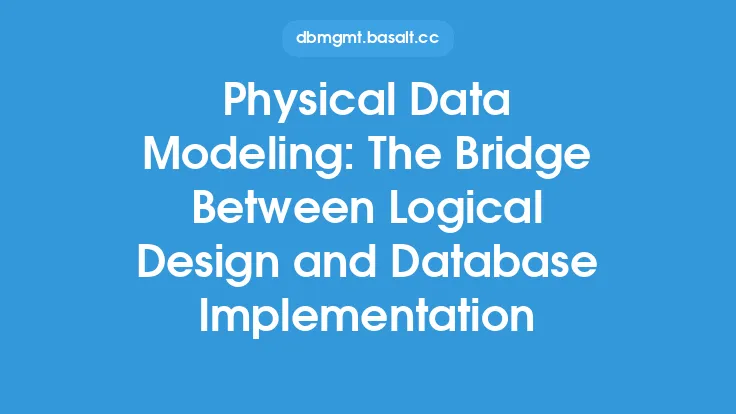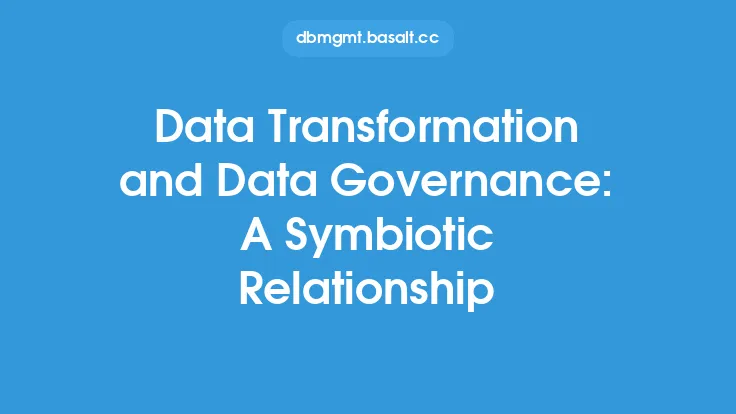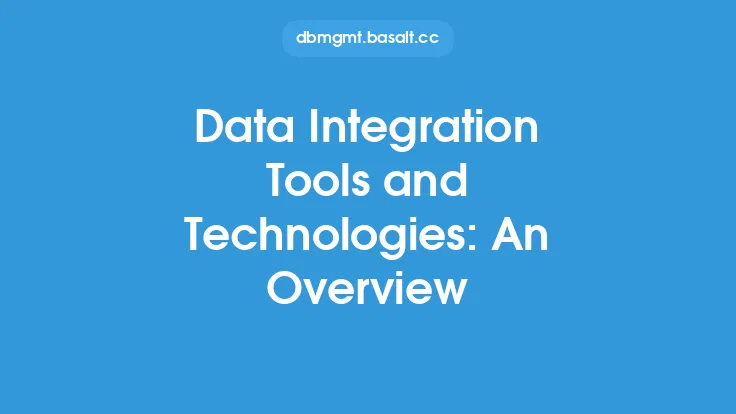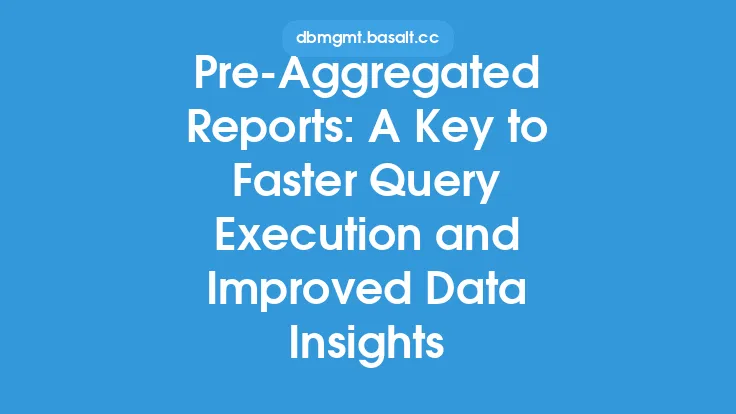Data transformation is a crucial step in the data analysis process, serving as the bridge between data collection and insights. It involves converting raw data into a format that is suitable for analysis, reporting, and visualization. This process is essential in ensuring that data is accurate, consistent, and reliable, thereby enabling organizations to make informed decisions. In this article, we will delve into the world of data transformation, exploring its importance, techniques, and best practices.
Introduction to Data Transformation
Data transformation is a broad term that encompasses a range of activities, including data cleaning, data mapping, data aggregation, and data formatting. The primary goal of data transformation is to take raw data from various sources, such as databases, files, or external data providers, and convert it into a standardized format that can be easily analyzed and interpreted. This process involves a series of steps, including data profiling, data quality checks, and data conversion, to ensure that the transformed data is accurate, complete, and consistent.
Data Transformation Techniques
There are several data transformation techniques that can be employed, depending on the specific requirements of the project. Some common techniques include:
- Data aggregation: This involves combining data from multiple sources into a single dataset, using techniques such as grouping, filtering, and sorting.
- Data mapping: This involves creating a mapping between two or more datasets, to enable data integration and transformation.
- Data formatting: This involves converting data from one format to another, such as converting date fields from one format to another.
- Data cleansing: This involves identifying and correcting errors in the data, such as handling missing values, duplicates, and inconsistencies.
Data Transformation Tools and Technologies
There are several data transformation tools and technologies available, ranging from simple spreadsheet software to complex data integration platforms. Some popular data transformation tools include:
- ETL (Extract, Transform, Load) tools: These tools enable the extraction of data from multiple sources, transformation of the data into a standardized format, and loading of the transformed data into a target system.
- Data integration platforms: These platforms provide a comprehensive set of tools and features for data integration, transformation, and governance.
- Data transformation languages: These languages, such as SQL and Python, provide a programming interface for data transformation and manipulation.
Best Practices for Data Transformation
To ensure that data transformation is performed efficiently and effectively, it is essential to follow best practices. Some best practices for data transformation include:
- Defining clear data transformation requirements: This involves identifying the specific data transformation needs of the project, and defining the requirements for data quality, data format, and data delivery.
- Using standardized data transformation processes: This involves using established data transformation processes and procedures, to ensure consistency and repeatability.
- Validating data transformation results: This involves verifying that the transformed data is accurate, complete, and consistent, and that it meets the required standards for data quality.
Data Transformation Challenges and Opportunities
Data transformation can be a complex and challenging process, particularly when dealing with large volumes of data from multiple sources. Some common challenges include:
- Data quality issues: Poor data quality can make it difficult to transform data accurately, and can result in errors and inconsistencies.
- Data complexity: Complex data structures and formats can make it challenging to transform data, and can require specialized skills and expertise.
- Scalability: Large volumes of data can make it difficult to perform data transformation efficiently, and can require significant computational resources.
Conclusion
Data transformation is a critical step in the data analysis process, enabling organizations to convert raw data into a format that is suitable for analysis, reporting, and visualization. By understanding the importance of data transformation, and by employing effective data transformation techniques and tools, organizations can unlock the full potential of their data, and make informed decisions that drive business success. Whether you are working with small datasets or large-scale data warehouses, data transformation is an essential skill that can help you to extract insights and value from your data.





